After two years of having SEAT as winners, in 2002 the Renault Lagoon he put an end to “Spanish dominance”, winning the Car of the Year trophy in Portugal, a title that the Gallic brand had escaped since 1987, when the Renault 21 won the competition.
Launched in 2001, the second generation of the Laguna remained faithful to the body shapes of its predecessor (two and a half volumes with five doors and van), but had much more progressive lines, clearly inspired by those of the Renault Initiale Concept unveiled in 1995.
However, if in the aesthetic chapter the Laguna II did not disappoint (in fact, it even managed to “escape” the usual grayness of the segment), the truth is that its main innovations were reserved for the areas of technology and security.
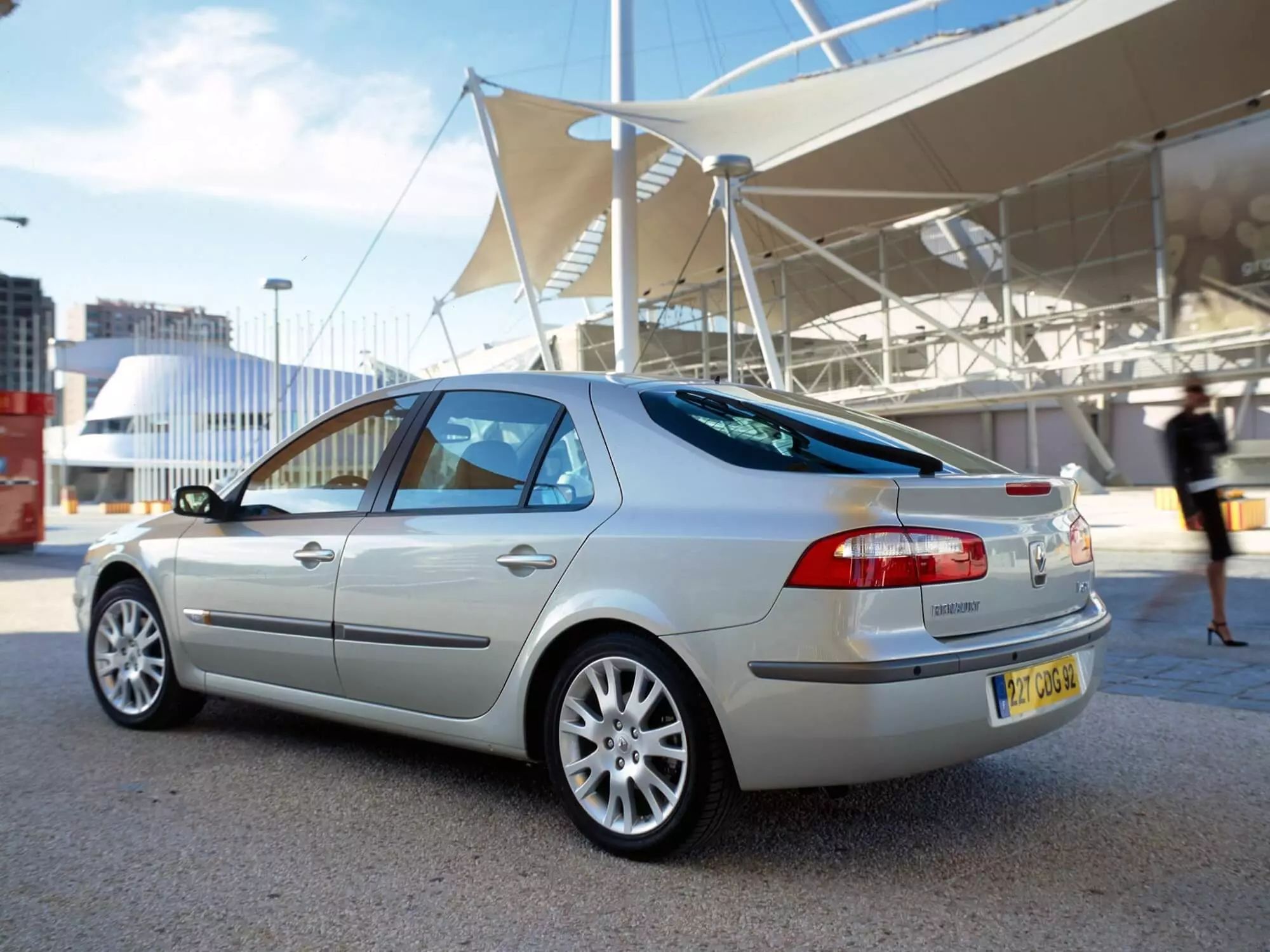
Look, no hands!
At the beginning of the 21st century, Renault was committed to assuming a technological vanguard position and the Laguna was “summoned” as one of the spearheads of this strategy.
Developed on the same platform as Espace IV and Vel Satis, the second generation of the Laguna stood out for its then-new hands-free access system, an absolute first in the segment and something that only another car in Europe offered: the Mercedes benchmark -Benz S-Class.
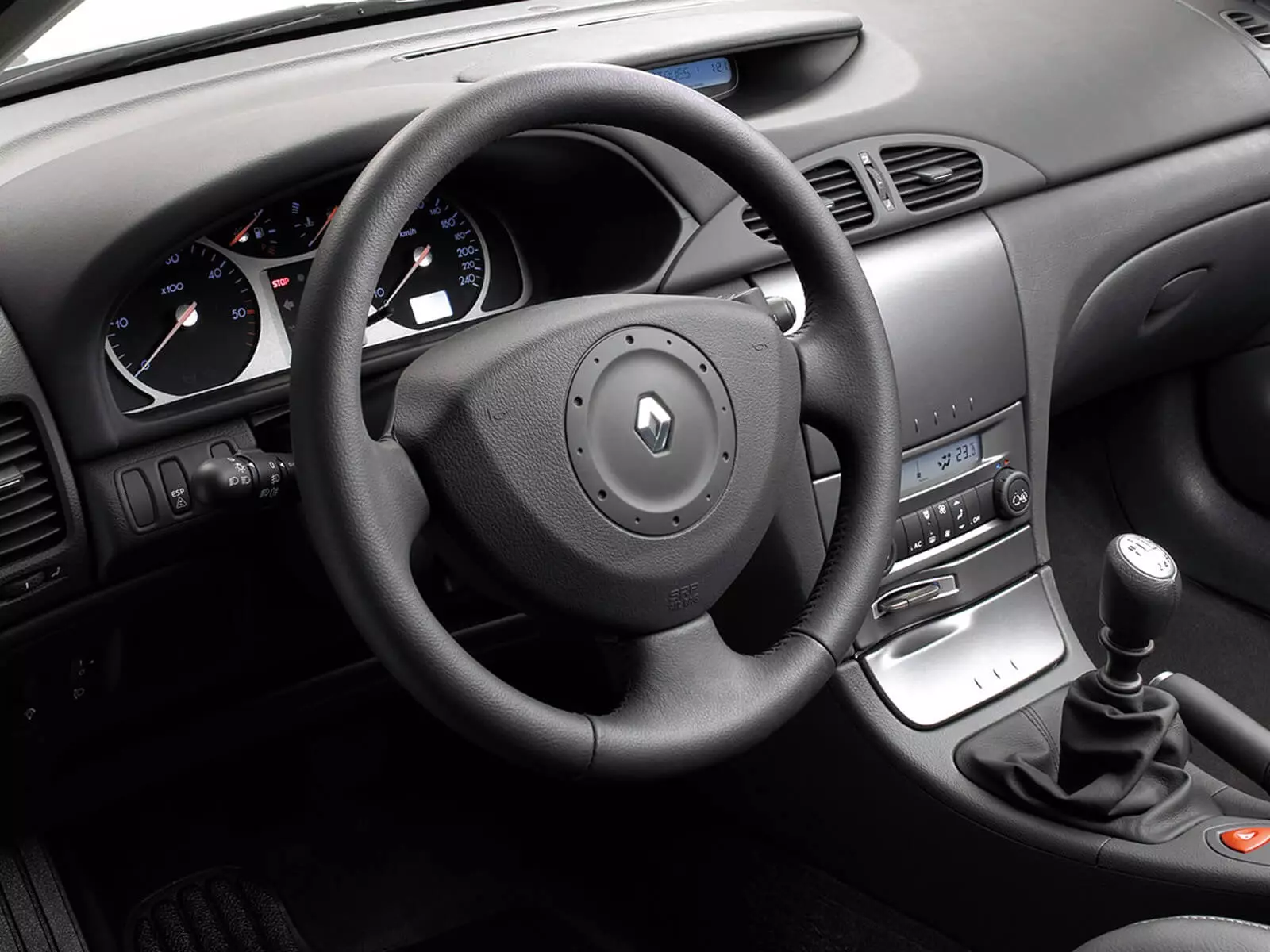
At a time when some models did not even offer remote control, Renault provided the Laguna with a system that has only become widespread in recent years, allowing entry and exit from the car without even having to touch the key… I mean, card.
Now a hallmark of Renault, ignition cards made their debut on the Laguna II, promising a much more comfortable future in accessing and starting the vehicle. Interestingly, even today there are models that have not surrendered to that future.
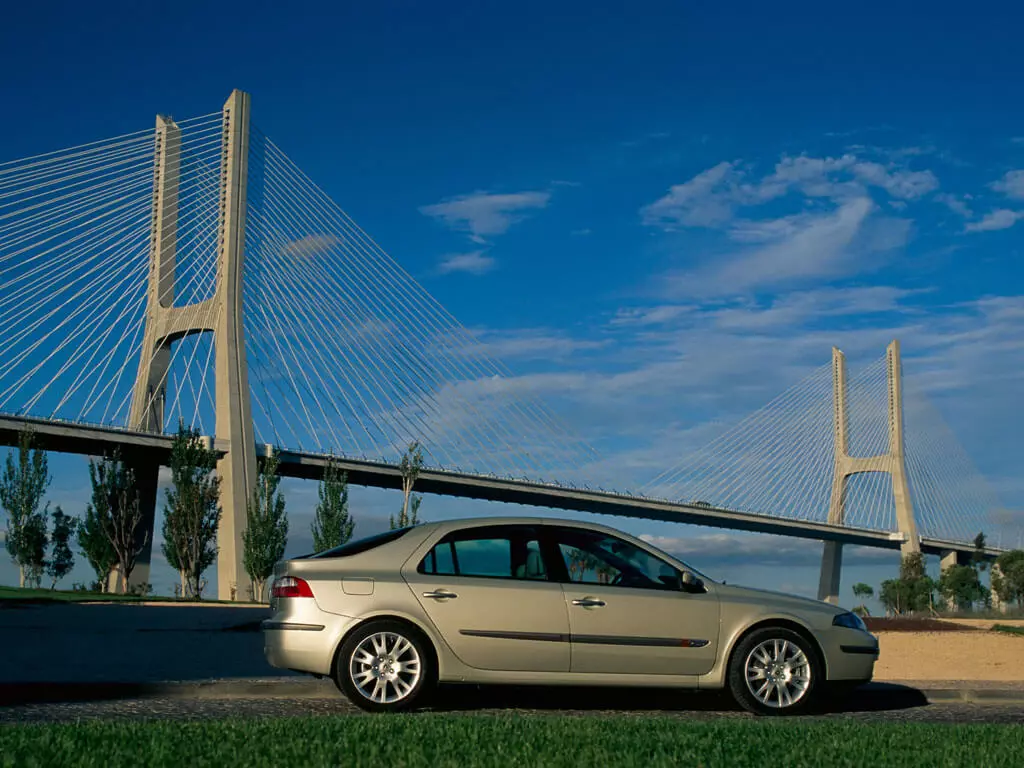
Still in the field of technology, the second generation of the Renault Laguna had “modernities” such as the (then rare) tire pressure sensors or the navigation system.
However, this strong bet on technology has come at a price: reliability. There were several Laguna owners who found themselves grappling with many bugs that ended up undermining the model's image and that followed a large part of its commercial career.
security, the new focus
If technological gadgets helped the Renault Laguna stand out from the competition, the truth is that it was its excellent results in the Euro NCAP safety tests that cemented Renault's position as one of the references in this field at the beginning of the century.
After several brands have tried, and failed, to earn the coveted five stars in the Euro NCAP tests, the Renault Laguna has become the first model to achieve the maximum rating.
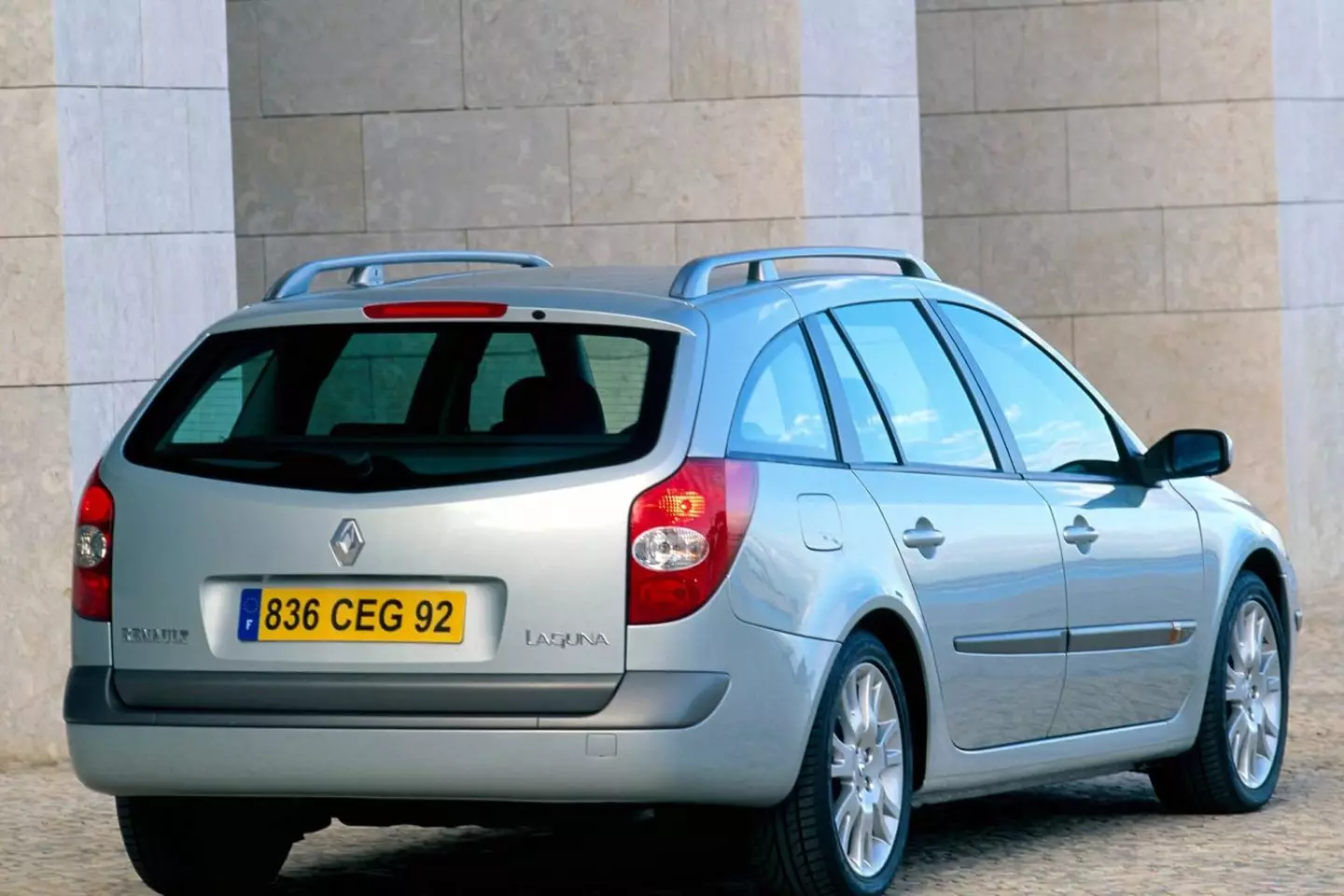
The van was still present in the Laguna range, but the seven seats available in the first generation disappeared.
It's true that the Euro NCAP tests never stopped growing in demand, but even so, the pretensioners in the front belts, front, side and head airbags that equipped the Laguna today are far from disappointing and made the French car the “safer” of European roads.
In the field of active safety, Renault did not want to make it easy either, and at a time when many of its rivals were facing problems caused by the absence of the ESP (Mercedes-Benz with the first A-Class and Peugeot with the 607 are the best examples), the French brand offered that equipment as standard on all Laguna.
V6 at the top, Diesel for everyone
The range of powertrains for the second generation of the Renault Laguna was very representative of the car market in the early 2000s: nobody talked about electrification, but there was a V6 petrol engine at the top of the offer and several Diesel options.
The gasoline offering featured three four-cylinder atmospheric engines — 1.6 l and 110 hp, 1.8 l and 117 hp and 2.0 l with 135 hp or 140 hp (depending on the year) — and a 2.0 l turbo that started with 165 hp and ended with 205 hp in the GT version, as Phase II (restyling).
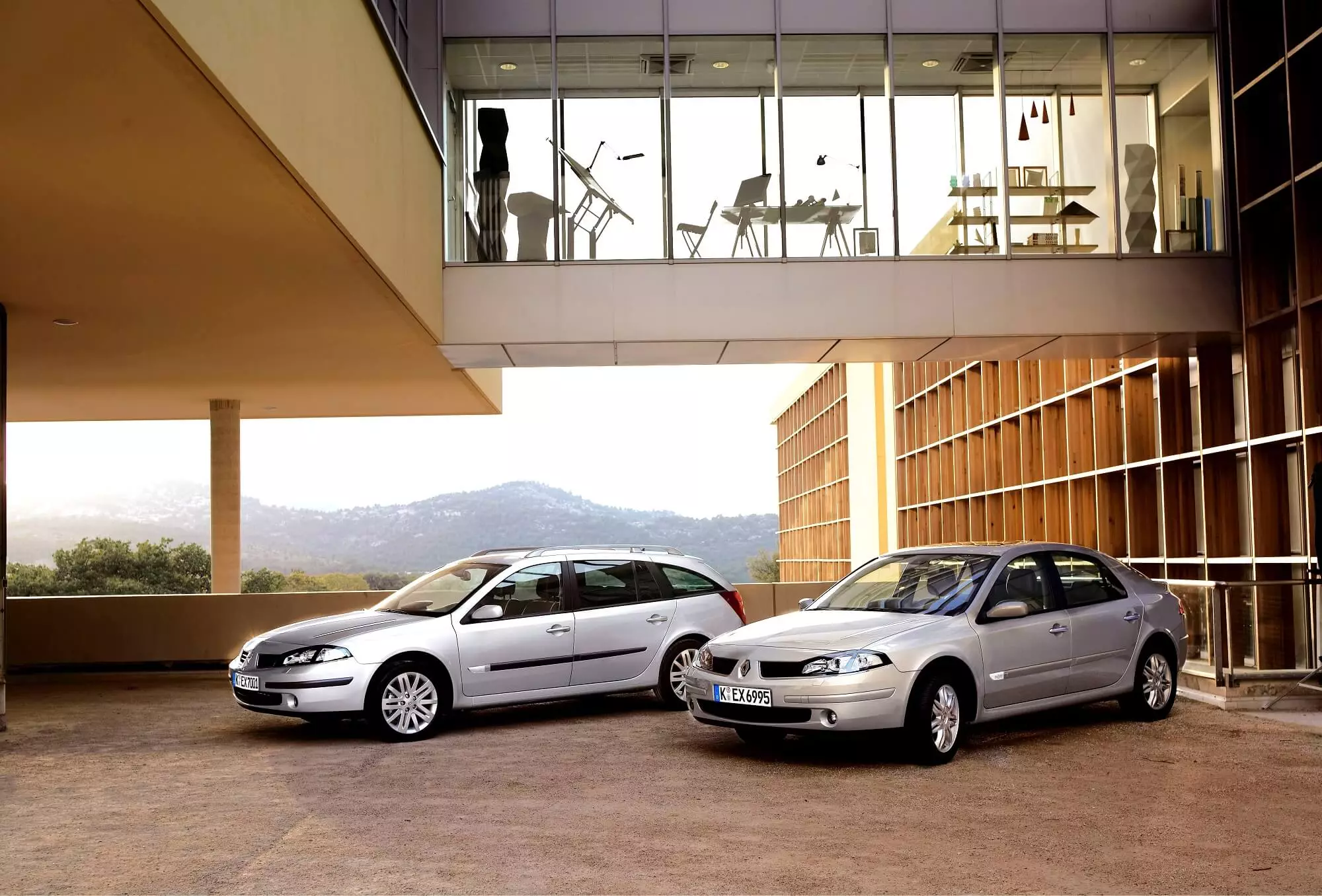
However, it was the 3.0 l V6 with 24 valves that played the role of “top of the range”. The result of collaboration between Renault, Peugeot and Volvo, the PRV engine had 210 hp and could only be associated with a five-speed automatic transmission.
Among the Diesels, the “star” was the 1.9 dCi that initially presented itself with 100, 110 or 120 hp and which after the restyling in 2005 saw the base version drop from 100 hp to 95 hp. At the top was the 2.2 dCi with 150 hp. After the restyling, Laguna saw its bet on Diesel reinforced with the arrival of the 2.0 dCi of 150 and 175 hp and the 1.9 dCi of 125 and 130 hp.
away from the competition
Unlike its predecessor, which became a fixture at the British Touring Championship (aka BTCC), the Renault Laguna II did not ride the circuits.
In 2005 it received a restyling that brought its style closer to that of the rest of the Renault range, but which took away some of its character. Already more welcome were the then praised improvements in the field of quality of materials and assembly, areas where initially Laguna had not received the best reviews.
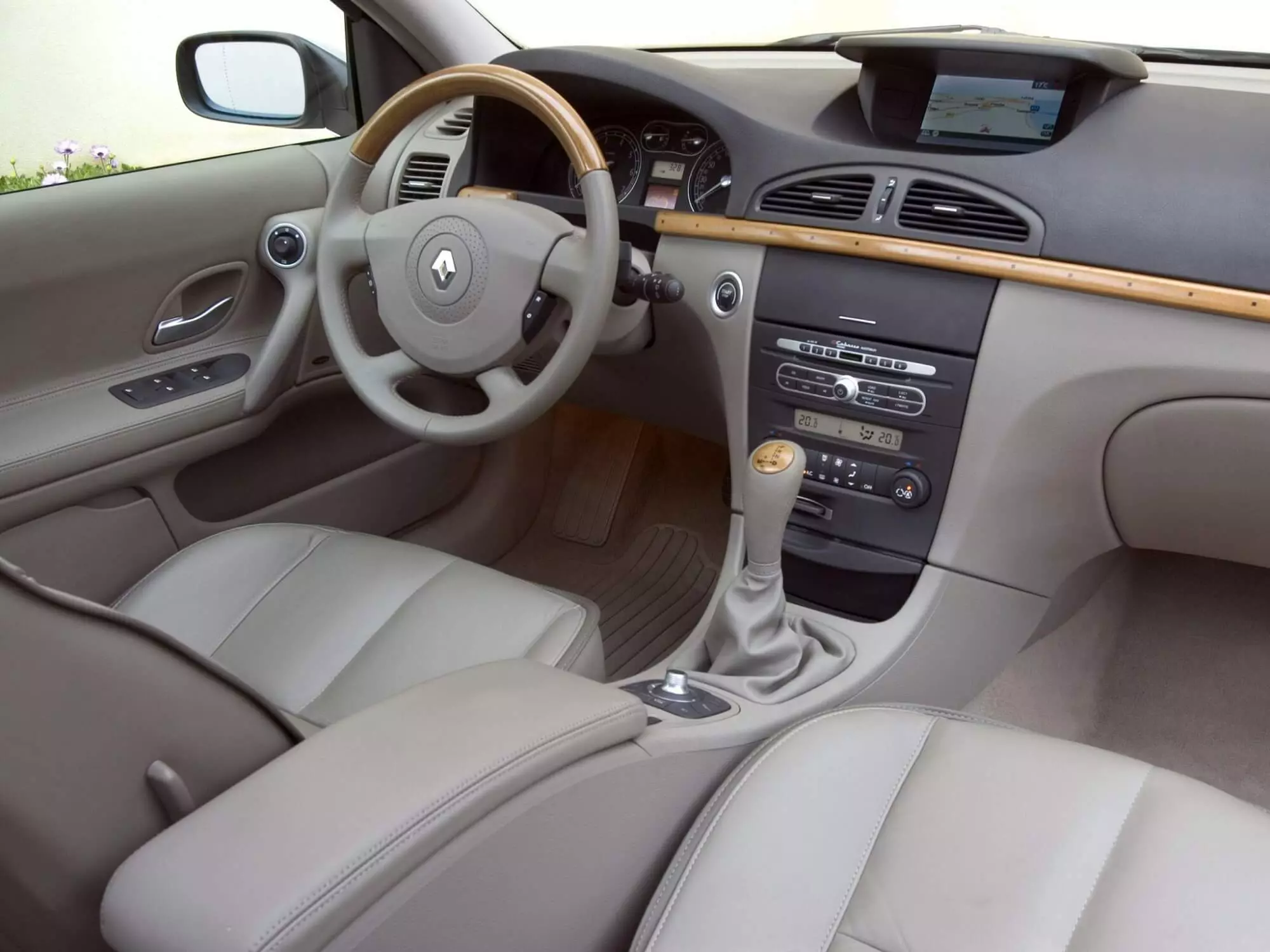
Already deserving of praise was always the comfort of the French model and a behavior that, in the words of a very young Richard Hammond, could be described as “fluid”.
With 1 108 278 units produced between 2001 and 2007, the Renault Laguna did not disappoint in terms of sales, but was far removed from its predecessor, which sold 2 350 800 copies over its seven years on the market.
Due to all the technology it introduced in the segment and the new safety levels it reached, the second generation of the Laguna had everything to aspire to other flights, but the many electronic bugs and the various mechanical problems (especially those related to Diesels) that afflicted it. , ended up irreparably damaging his reputation.
His successor kind of confirmed the decline in the weight of the Laguna name in the segment — despite having eradicated the problems that afflicted the second generation —, having sold only 351 384 copies between 2007 and 2015. Its place would be occupied by Talisman, but the SUV's rise did not “make life easier” for the French top-of-the-range.
Do you want to meet the other Car of the Year winners in Portugal? Follow the link below:
